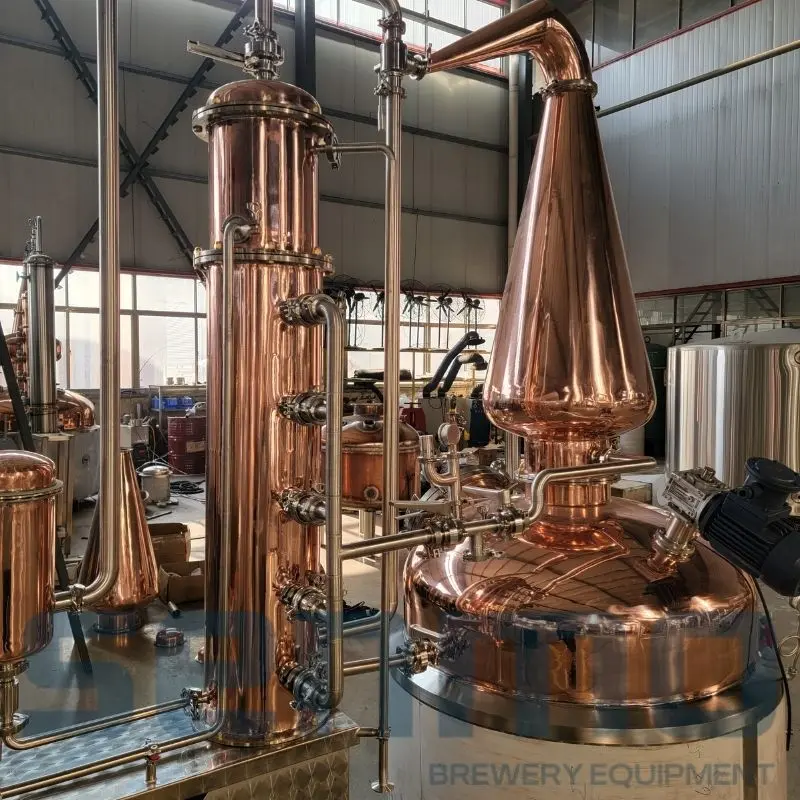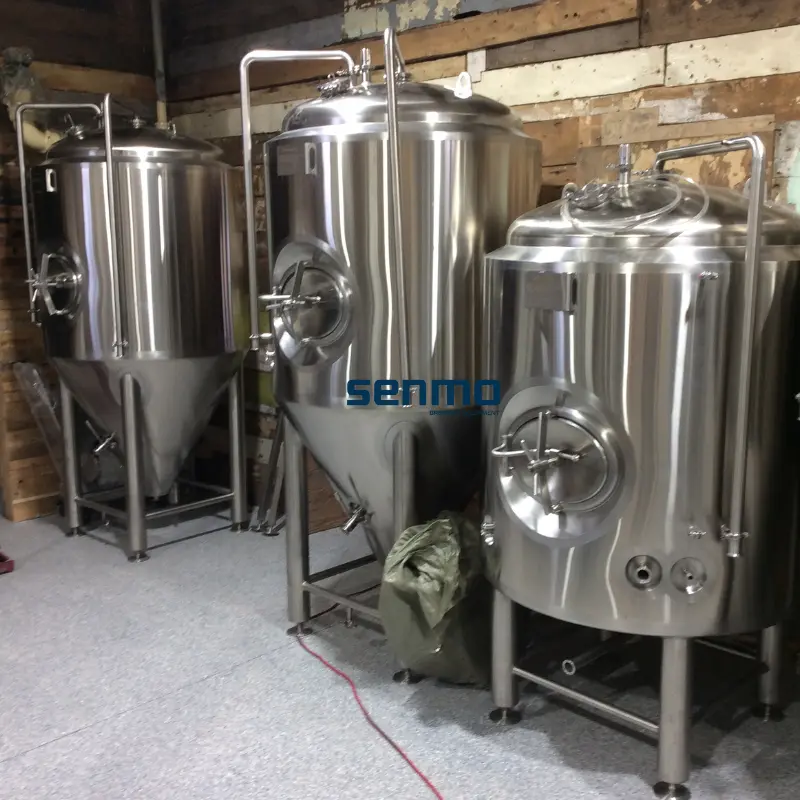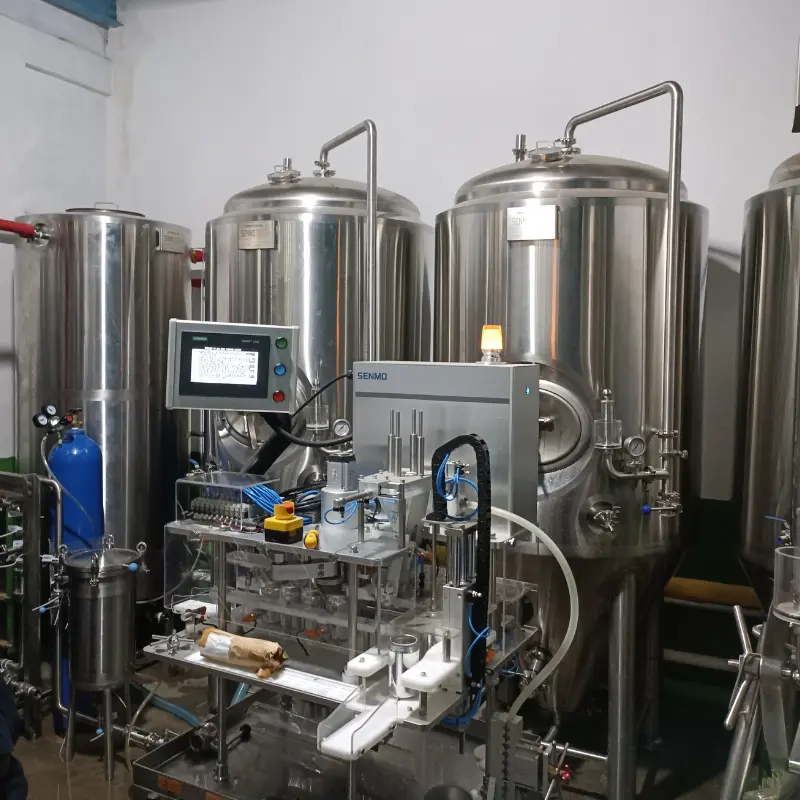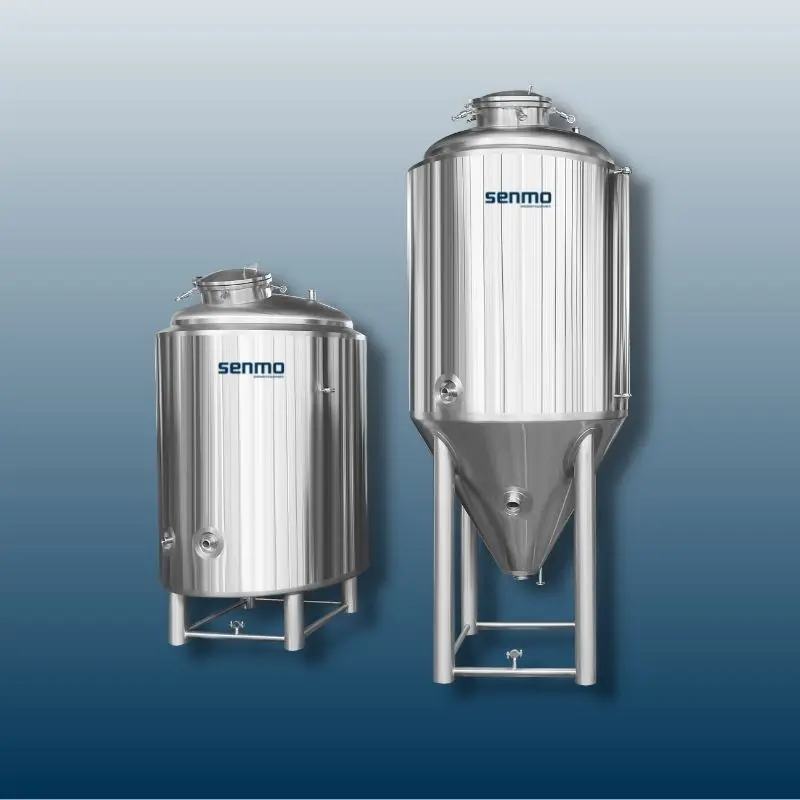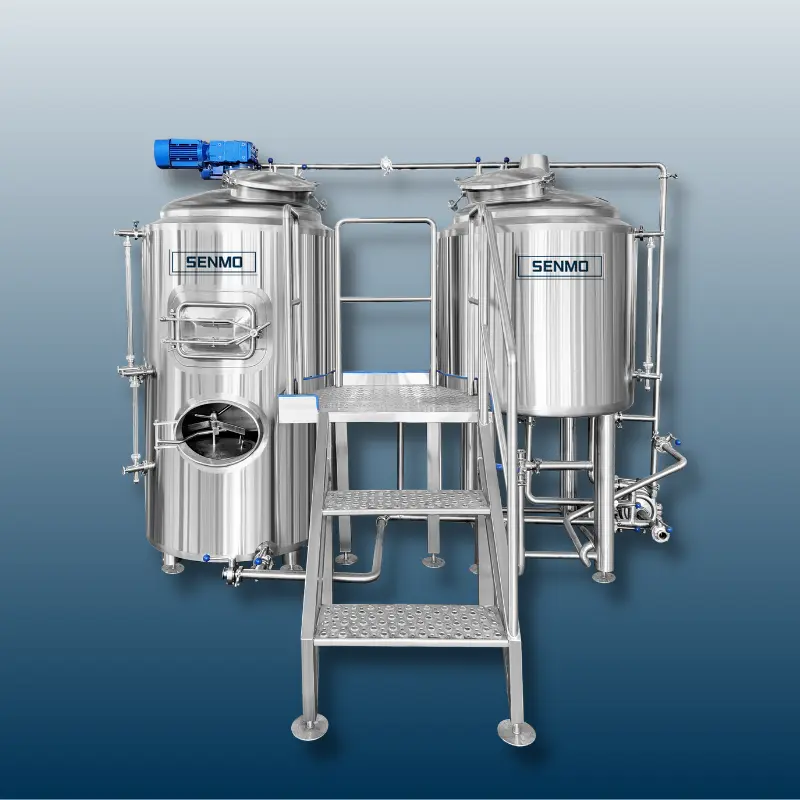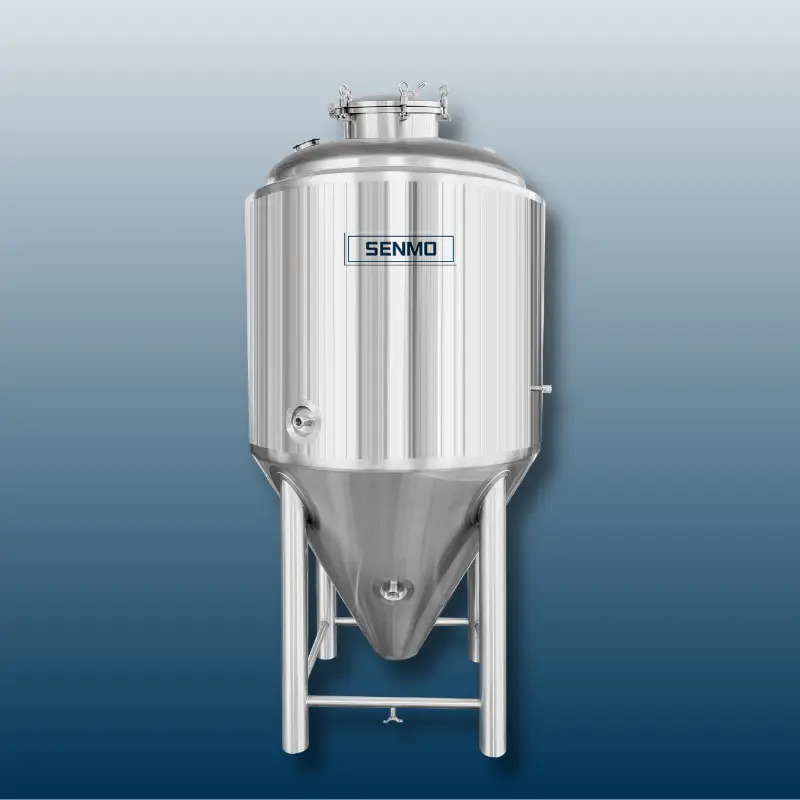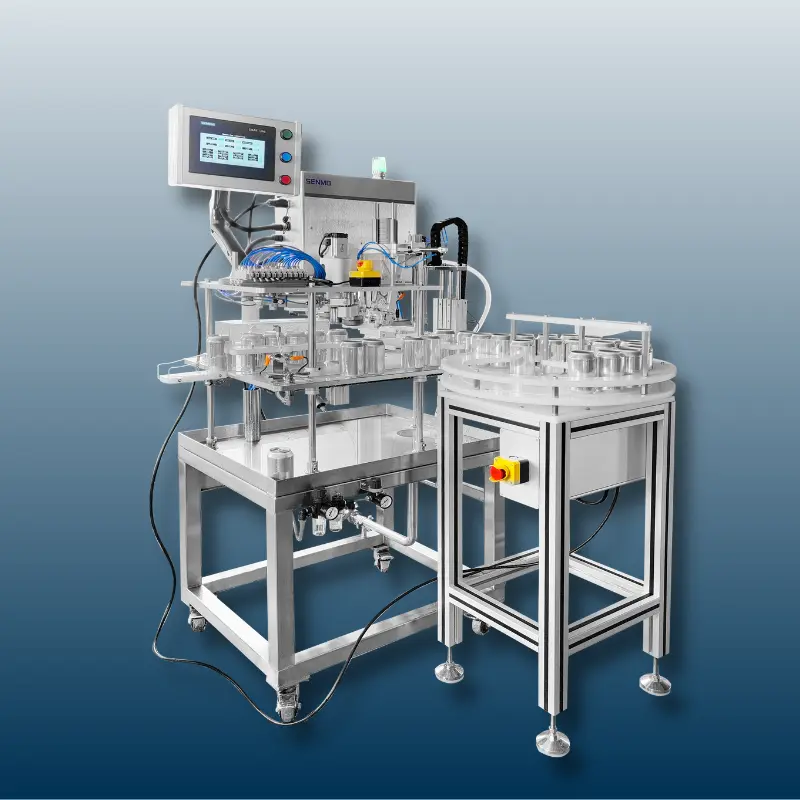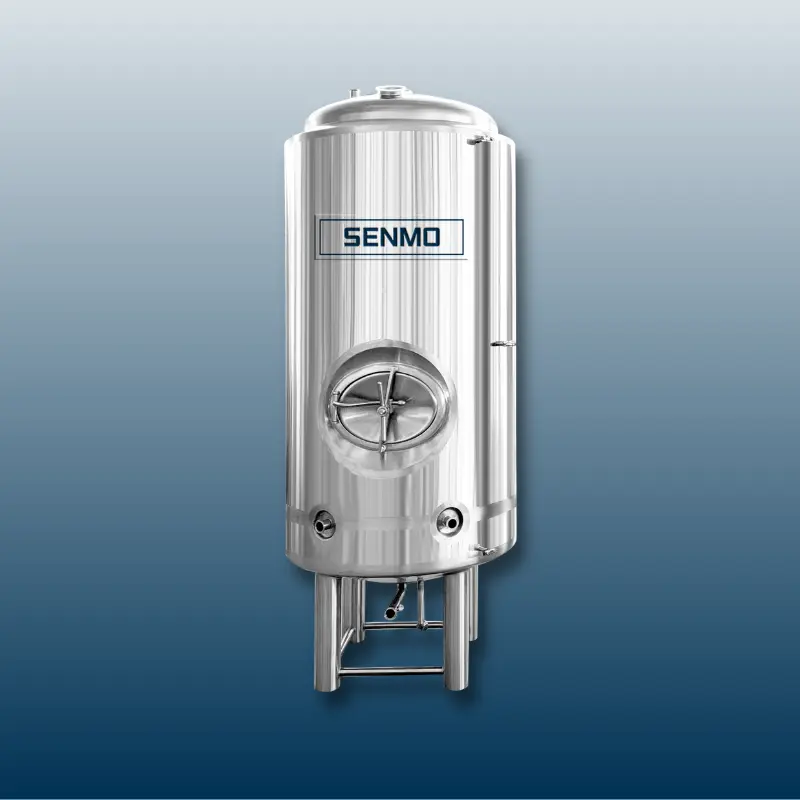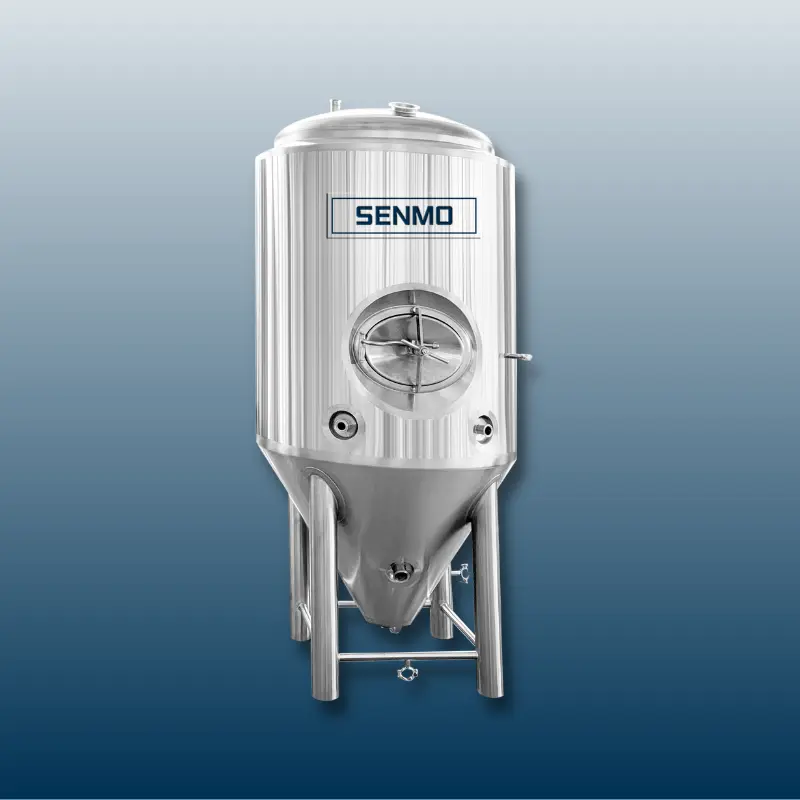With the increase of local beer production, the Australian beer market has changed from a monopoly of a single manufacturer to a small local brewery. Although small breweries cannot satisfy the growing number of Australian beer consumers who are seeking innovation and change, they provide more localized and unique beer tastes. At the same time, Australia has also become an important market in the emerging beer field, such as craft beer and original beer, all of which have great market prospects. Therefore, the prospect of opening a distillery in Australia is relatively optimistic. What equipment do i need to start a distillery?
1. Distillation equipment – This can be a large commercial distillery, or a smaller craft distillery.
Distillation equipment is used to separate or purify liquids or liquids and solids by vaporizing and condensing the vapor. The distillation equipment is usually composed of a distillation tower, a condenser, a separator, a feed pump, and a reboiler. The distillation process is used to separate mixtures into their individual components, or to purify a single component. Distillation is used to produce fuels, industrial chemicals, and various other products.
2. Fermenters – These are large tanks used to ferment the mash that is used to make the alcohol.
Fermenters are a type of vessel used in the brewing process to convert sugars into alcohol. The fermentation process is initiated by the addition of yeast, which consumes the sugars and produces alcohol and carbon dioxide as byproducts. Fermenters come in a variety of sizes and shapes, ranging from small home-brewing buckets to large industrial-sized tanks. They are typically made from stainless steel or other non-porous material to prevent contamination from bacteria or other microorganisms. The shape and size of a particular fermenter will depend on the type of beer being brewed and the desired outcome of the fermentation process.
3. Mash cooker – This is used to cook the grains and other ingredients that are used to make the mash.
A mash cooker is a large vessel used in the production of beer, where the grain is mixed with hot water in order to extract the sugars from the grain. This process is called mashing and is an important part of the brewing process. The mash cooker is heated with steam, electricity or direct fire and is designed to maintain a constant temperature. The mash cooker is usually equipped with a raking system to keep the grain bed constantly mixed.
4. Still – This is the main piece of equipment used to distill the alcohol.
A still is a piece of equipment used to distill alcoholic beverages such as whiskey and gin. It is composed of a large container, a condenser, and a heat source. The heat source is used to heat the alcohol-containing liquid until it boils and the vapors are condensed and collected. The condensed vapors are then collected in a separate container, which is the final product.
5. Storage tanks – These are needed to store the finished product.
Storage tanks are large metal containers used to store liquids, gases, and other substances. They are often used in industrial and commercial settings to store chemicals, fuel, water, and other materials. They may also be used to store hazardous materials, such as oil and waste. The size and shape of a storage tank depend on its intended use.
6. Pumps – These are needed to move the mash, alcohol, and other liquids around the distillery.
Pumps are mechanical devices used to move fluids including liquids and gases. They are used in a wide range of applications, including domestic, industrial, and commercial settings. Common types of pumps include centrifugal pumps, positive displacement pumps, and vacuum pumps. Centrifugal pumps are used to move liquids, and operate by rotating a impeller at high speed to create centrifugal force and draw water into the pump from the suction side. Positive displacement pumps move fluids by trapping a fixed amount of the liquid and forcing it through the system at a given rate. Vacuum pumps are used to create a vacuum in a system, and can be used for a variety of applications such as generating vacuum in a thermos bottle or drawing air out of a tank.
7. Bottling equipment – This is needed to bottle the finished product.
Bottling equipment is used to package and distribute liquids such as water, juices, soft drinks, beer, and wine. It includes a variety of devices and machines used to fill, cap, label, and package containers. Common types of bottling equipment include fillers, cappers, labelers, conveyors, bottle washers, and blow molders. This equipment is used in both commercial and home settings to create finished beverages that meet safety and quality standards.
8. Labeling equipment – This is needed to label the finished bottles.
Labeling equipment is used to apply labels to products and packages. It can be manual or automated, and can include machines such as labelers, label applicators and label printing systems. There are a variety of labeling methods and technologies, including pressure sensitive labels, thermal transfer labels, direct thermal labels, inkjet and laser printing, and more. Many labeling machines are highly customizable and can be used for a variety of applications such as labeling bottles, jars, boxes, and other packaging materials.
9. Cleaning supplies – This is needed to keep the equipment clean.
(1) Detergent: Detergent can clean and remove dirt, oil and yeast residues on brewing equipment.
(2) Antibacterial agent: Antibacterial agent can eliminate bacteria and fungi on brewing equipment.
(3) Cleaning tools: Cleaning tools can clean, wipe and remove grease and dirt on brewing equipment.
(4) Dehumidifier: The dehumidifier can prevent the water vapor inside the equipment from forming moisture, and prevent the brewing equipment from being damaged by moisture.
(5) Chain cleaner: The chain cleaner can remove oil and dust on brewing equipment.
(6) Detergent: Detergent can effectively clean the pipes and components in the brewing equipment.
(7) Sprayer: The sprayer can effectively clean the complex parts and pipes in the brewing equipment.
10. Permits – Depending on where you are located, you may need to obtain a permit to operate your distillery.
How do you obtain a license to operate a distillery in Australia? In Australia, the licensing and regulation of distilleries is the responsibility of State and Territory Governments. Each State and Territory regulates and licenses distilleries in different ways.
To obtain a license to operate a distillery in Australia, you must contact the relevant liquor licensing authority in your State or Territory. You will need to provide them with detailed information about the type of distillery you wish to operate, the quantity of alcohol you intend to produce, and the location of your distillery. Depending on the type of distillery you wish to operate, you may also need to provide additional information, such as a business plan and safety plan. For more information about the licensing requirements for distilleries in Australia, visit the website of the relevant liquor licensing authority in your State or Territory.
The above is the distillery equipment needed to open a distillery in Australia. The specific equipment can be changed according to the size and focus of the distillery . If you have any questions in the process of building a distillery , you can consult us, and we will help you solve the problems.
